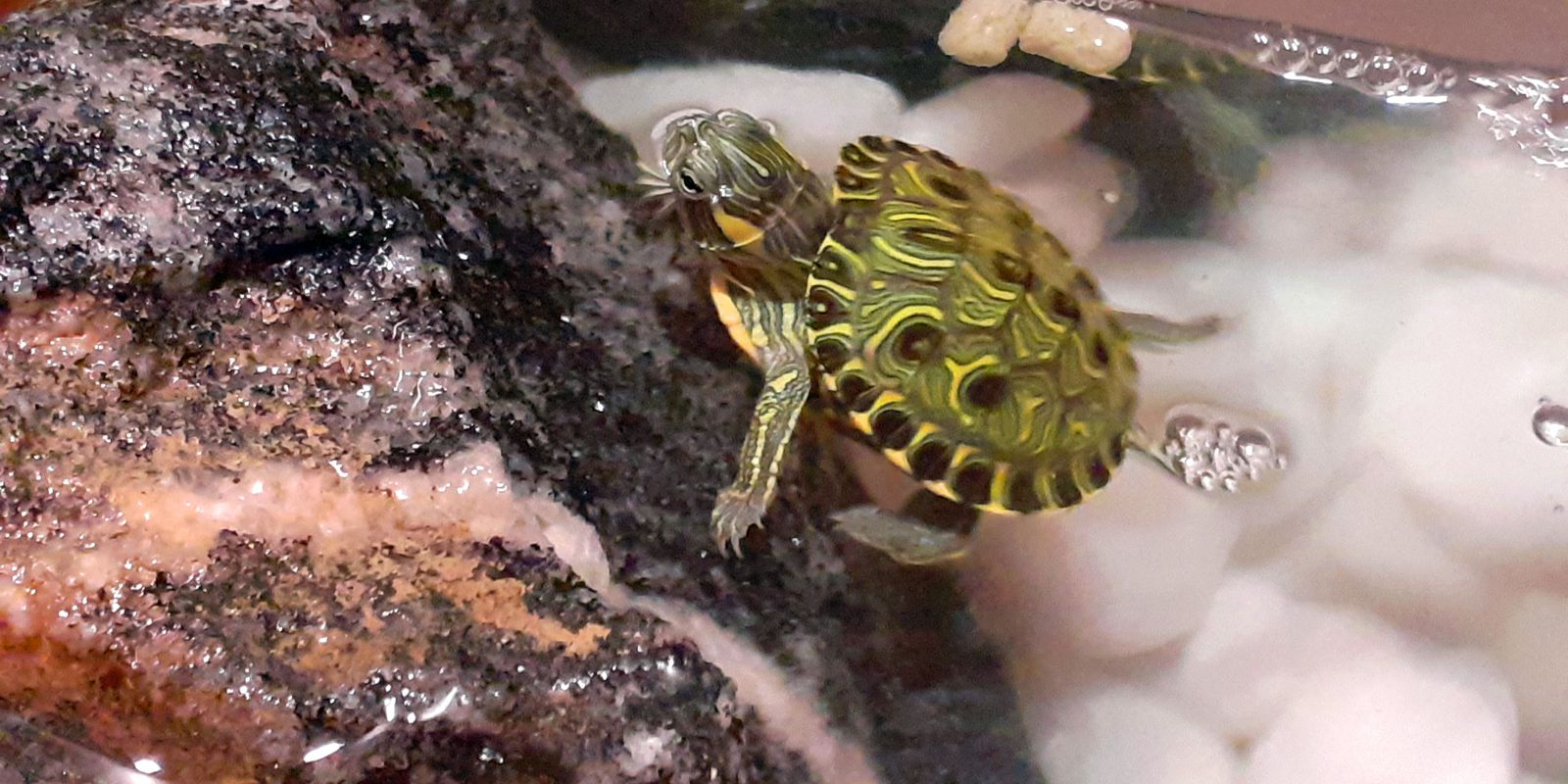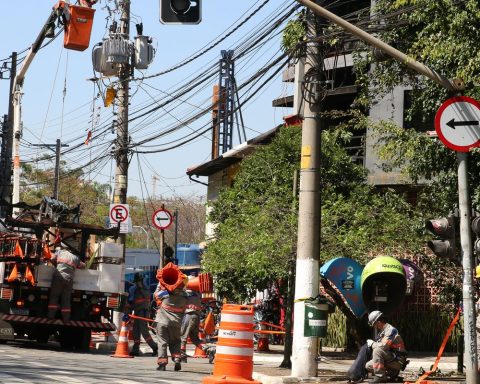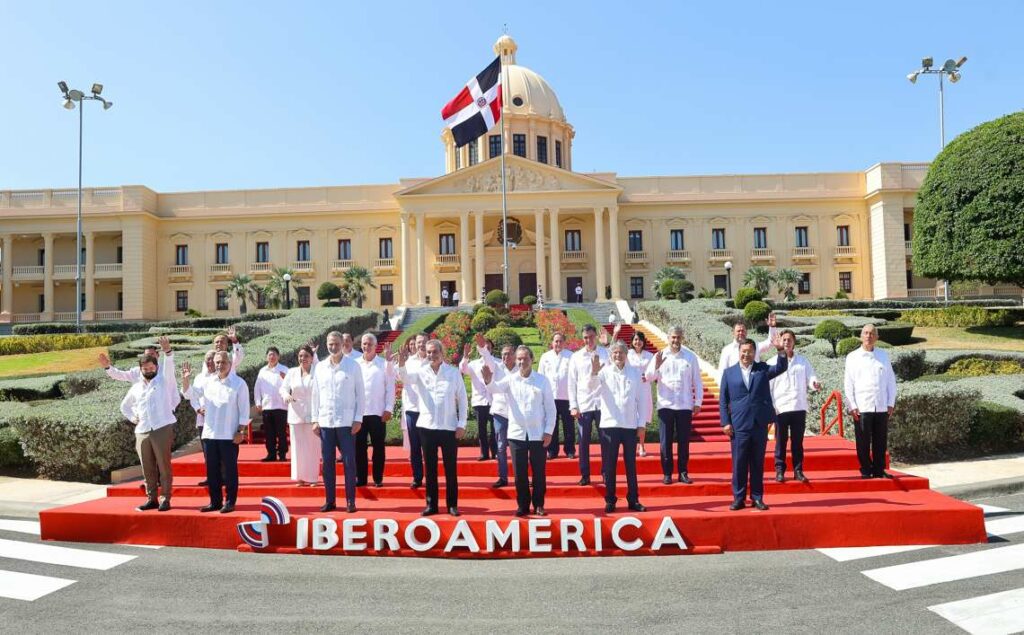Exotic animals are not just those that come from another country. Some of them are Brazilian, but they become a problem in ecosystems where they shouldn’t be. According to the Hórus Institute for Environmental Development and Conservation, no less than 118 invaders are native to Brazil, but for some reason, they have extrapolated their limits of natural occurrence.
“These are species that were brought by some human influence, to an area where they did not occur naturally. And this is independent of political boundaries. That is why we say that the species may be native somewhere in Brazil, but it is invasive and causes problems in another ecosystem where it is not native”, explains Silvia Ziller, founder of the institute, a non-governmental organization that has been monitoring invasive species in the country for almost 20 years.
This is the case of the pirarucu (Arapaima gigas), which had specimens taken from the Amazon region, where it is native, by aquarism, aquaculture and sport fishing. The giant fish spread through rivers and lakes in states such as Bahia, Piauí and São Paulo, according to the Hórus Institute database.
There are also situations like that of marmosets (Callithrix sp.), small primates raised as domestic animals. The black-tufted marmoset (C. penicillata), from the cerrado, and the white-tufted marmoset (C. jacchus), from the caatinga, for example, ended up in the Atlantic Forest.
These species compete with native tamarins of the Atlantic biome and hybridize with some congeners, such as the dusky marmoset (C. aurita), threatened with extinction. And, to complicate matters even more, the hybrids generated by these interactions of different marmosets are also considered invaders, occupying niches of other species and transmitting diseases to other animals.
Endemic to remnants of the Atlantic Forest in southern Bahia, the golden-faced lion tamarin (Leontopithecus chrysomelas), from the same family as the marmosets, is a species considered endangered by the Red Book of Brazilian Fauna 2018. It has already been extinct in Minas Gerais.
Even so, it was brought to Rio de Janeiro and unduly released in the Serra da Tiririca State Park, where it began to spread. The risk is that the animal arrives in areas where the golden lion tamarin occurs (Leontopithecus rosalia), congener also threatened and with an even smaller population than the Bahian species.
Another curious case is that of the Brazilian water tiger (Trachemys dorbigni), native to Rio Grande do Sul. The chelonian species suffered from undue release into the wild and consequent invasion of its North American congener (Trachemys scripta), currently banned in Brazil. But it went from being a victim of the invasion to an invasive animal, when it was taken as a pet to other states and also unduly released in these places, where it began to prey on native species, transmit diseases and compete for space with local turtles.
In the Serra do Tabuleiro State Park, in Santa Catarina, for example, it competes with the gray-necked turtle (Phrynops hilarii). A study carried out at the site from 2019 to 2020 by biologist Lucas de Souza, at the time a student at the Federal University of Santa Catarina (UFSC), showed that water tiger captures in the conservation unit were more frequent than those of the tortoise , which may indicate that the invasive species began to predominate in the environment to the detriment of the native species.
A Brazil Agency tried to hear from the Ministry of the Environment and the Brazilian Institute of the Environment and Renewable Natural Resources (Ibama) about strategies for dealing with invasive alien species, but did not receive a response.

















